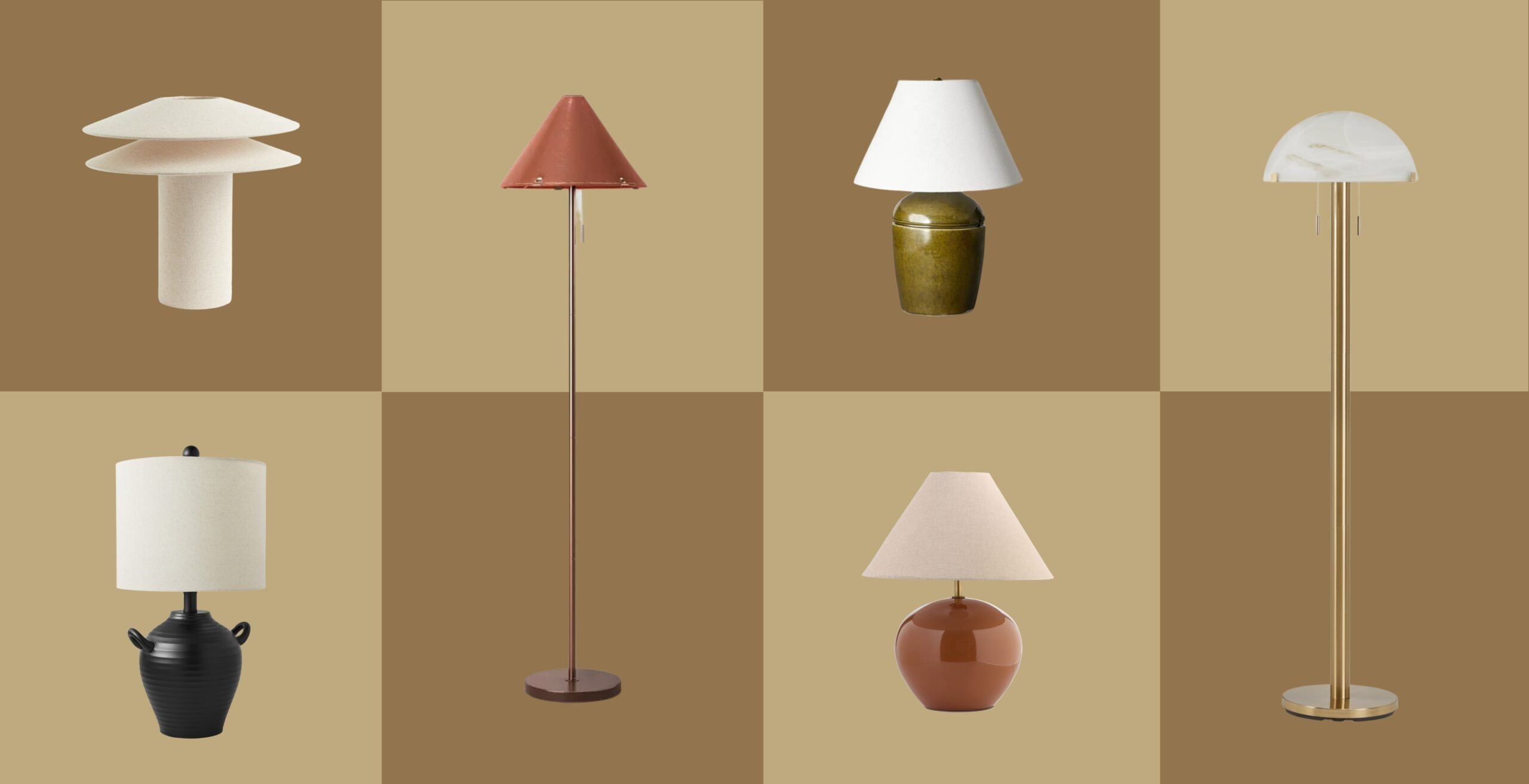5 Design Rules You Should Always Follow
Photo: Kara Mercer & Sara Tramp
Sure, some rules are made to be broken. But when it comes to interior design, there are lots of guidelines you should be following. While styles and trends may come and go, designers have been sticking to these rules for decades – because they really work (in every interior). So get ready to learn the 5 design rules you should ALWAYS follow.
Whether you’re a strict follower or a bit of a rebel, we’re teaching you where you should stay in the lines – and stick to the tried and true guidelines that will ensure your home looks great. From rugs to window treatments, furniture to light fixtures, these are the 5 design rules you’ll want to learn – and follow.
For even more design advice, check out How To Mix & Match Bedding: Our Foolproof Tips, How To Style Your Coffee Table – In Just 4 Easy Steps, and What You Need To Know When Decorating A Small Space.
DESIGN RULES
1. Make Sure Your Rug Isn’t Floating
When placing a rug in a room, there’s one crucial thing you’ll always want to ensure: that the rug is not “floating” in the space. At the least, the front legs of your furniture, whether it be a sofa, chair, or bed, should be on the rug. This will help to anchor the rug as a grounded piece that is connected to the furniture – and not its own separate element unrelated to the other furnishings.
DESIGN RULES
2. Hang Draperies Higher & Wider Than Windows
Unless you have extremely high ceilings, draperies should be hung as high as possible, wider than your window, and extend to the floor, just grazing the surface. This will create the illusion of a taller room, a wider window, and extend the lines of the space. The only exception to this rule? Hanging café curtains, which are designed to hang within the window frame.
DESIGN RULES
3. Choose Furniture That’s Proportional
Scale is one of the most important components of interior design. So when choosing furniture for a room, always keep size and proportion in mind. Larger rooms will accommodate larger, wider and deeper furniture that will match the scale of the room. For smaller rooms, scale down to more compact pieces.
DESIGN RULES
4. Leave Ample Space For Walkways
A lack of adequate space for walkways in an interior will not only look and feel crowded, it won’t function well either. As a rule of thumb, try and leave 36 inches of space anywhere that functions as a path of egress in and out of a room. This will ensure plenty of room to move freely and comfortably – no matter the size of your space.

Photo: Kara Mercer
DESIGN RULES
5. Hang Artwork At Eye Level
It’s almost always a good idea to trust your eye – especially when it comes to hanging artwork. The ideal height for almost all artwork is eye level (about 60″ above the floor). Placed any higher, and you’ll be awkwardly looking upward. However this rule can be broken if you’re hanging a gallery wall, with art place higher and lower to fill in the wall.
Learn How To Hang The Perfect Gallery Wall.









Thank you for the tips.
Thanks for reading!! xx -B